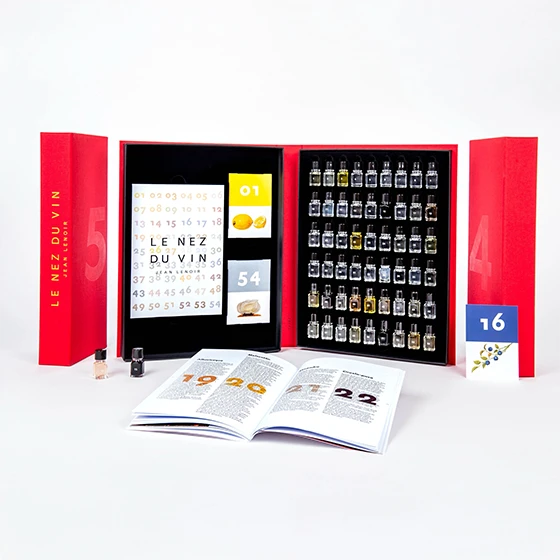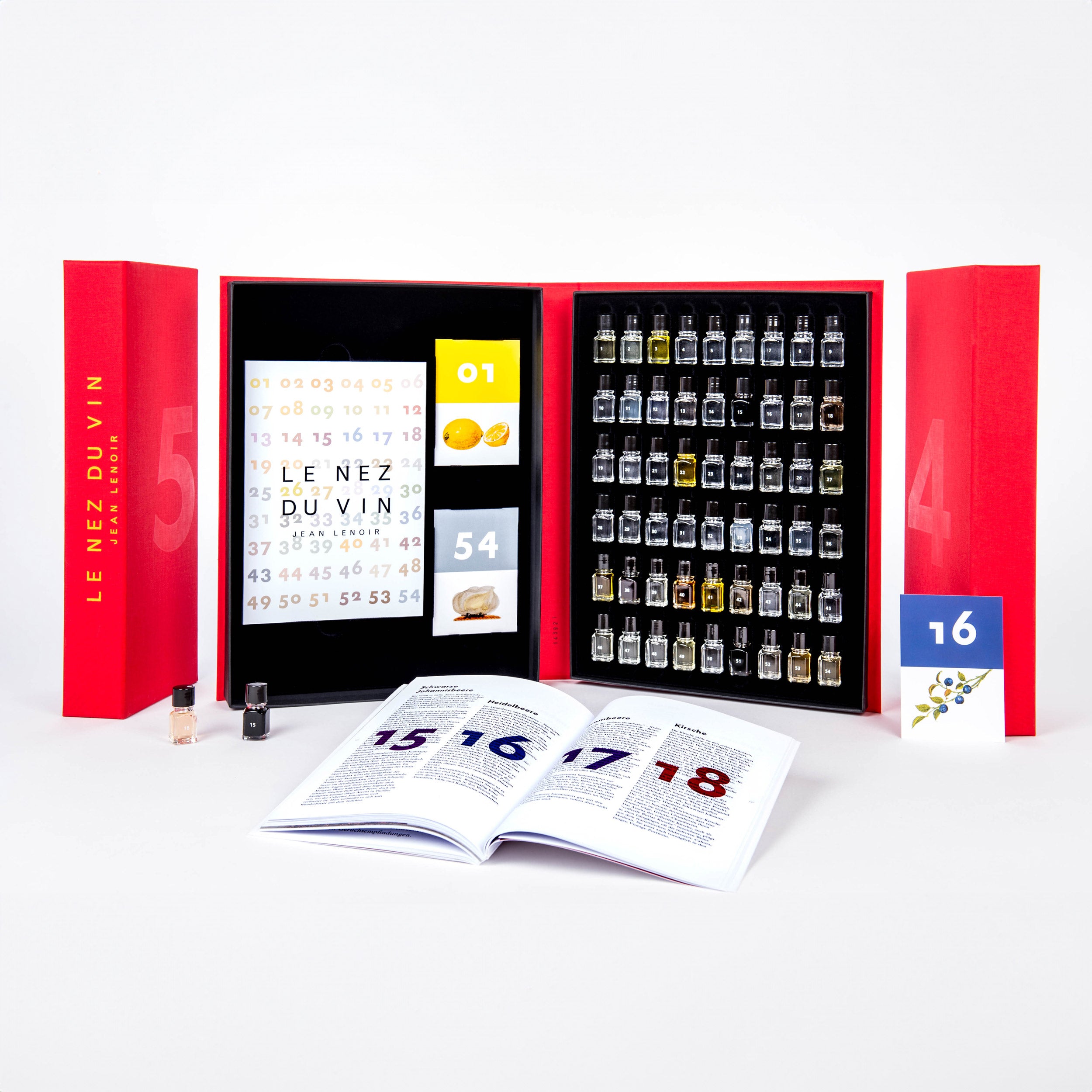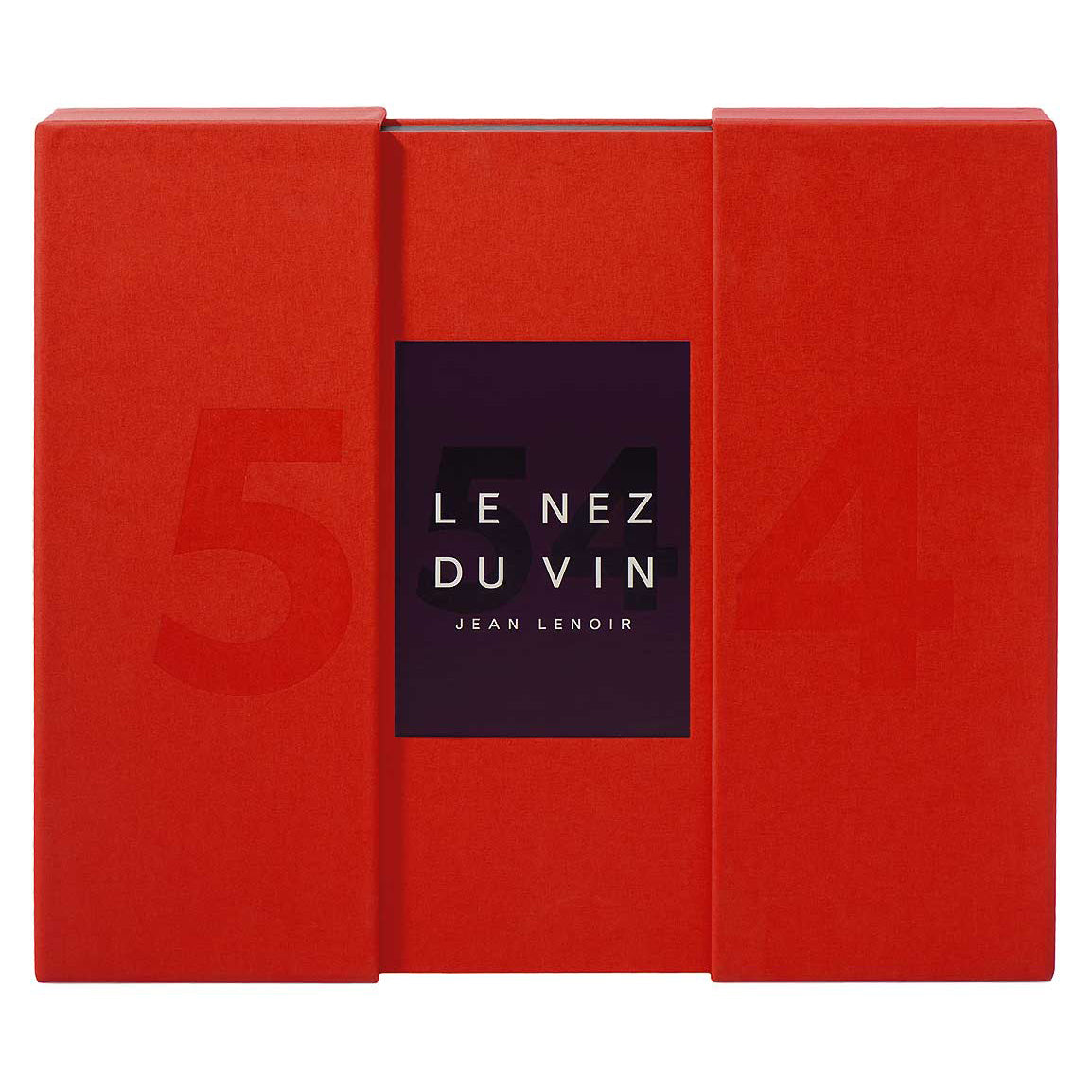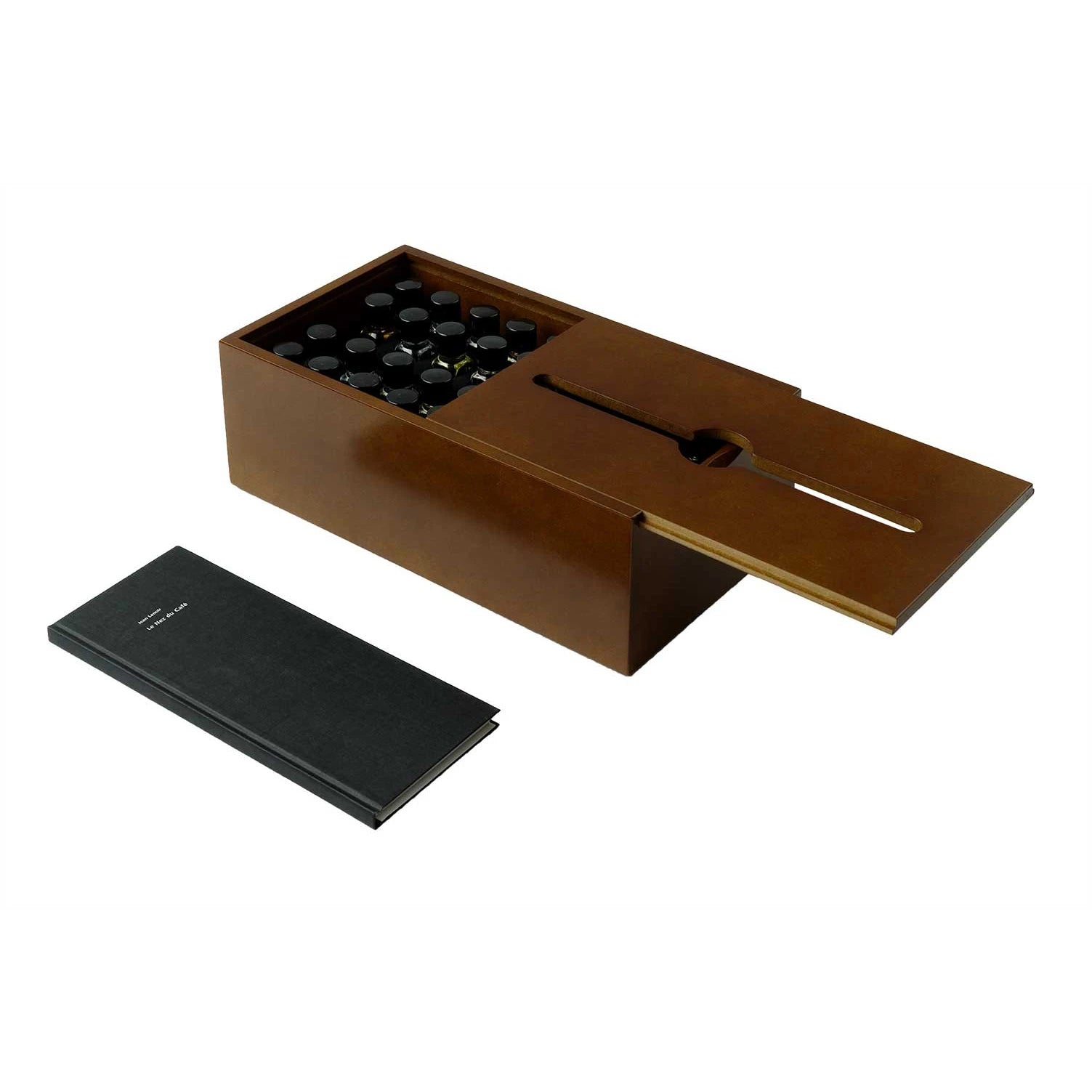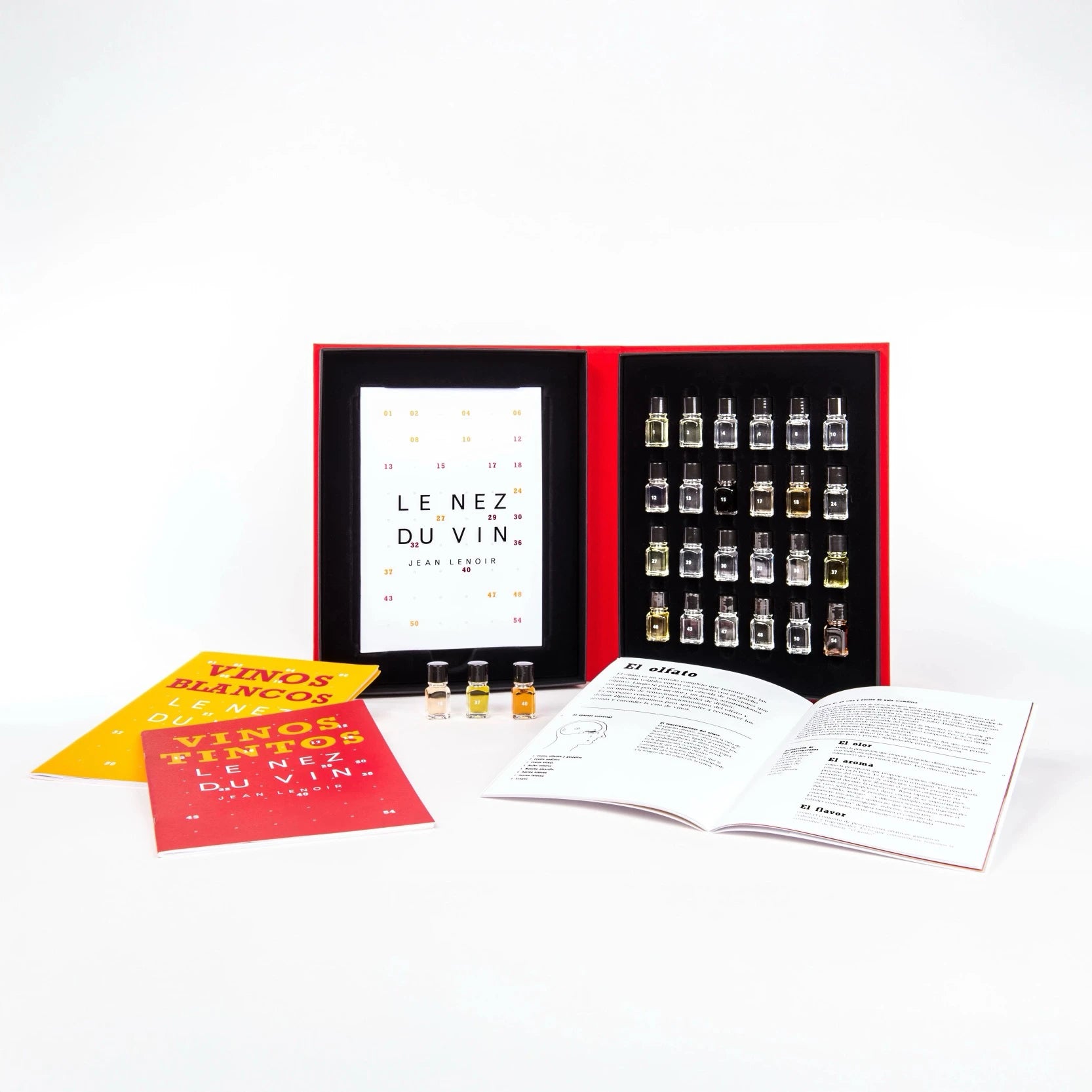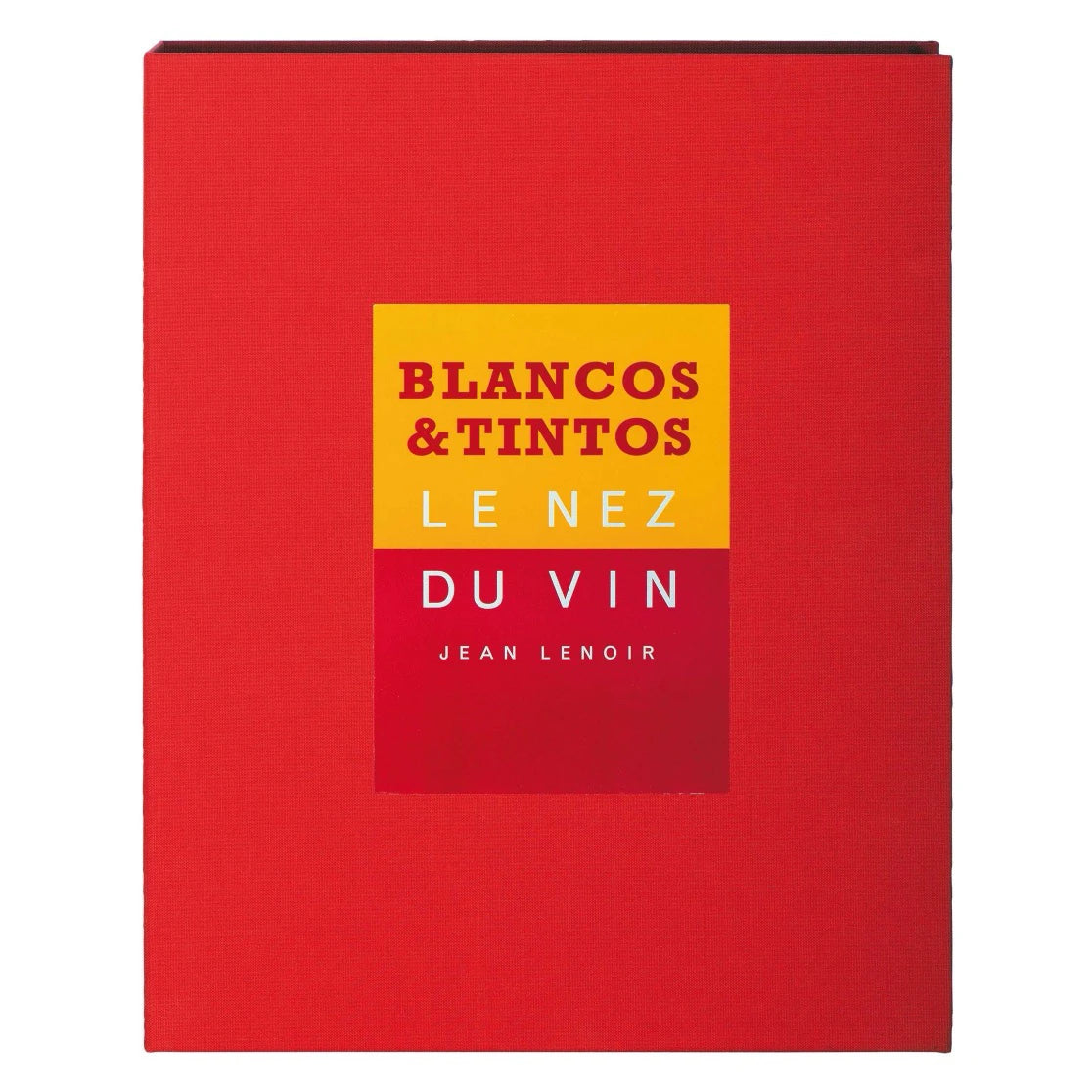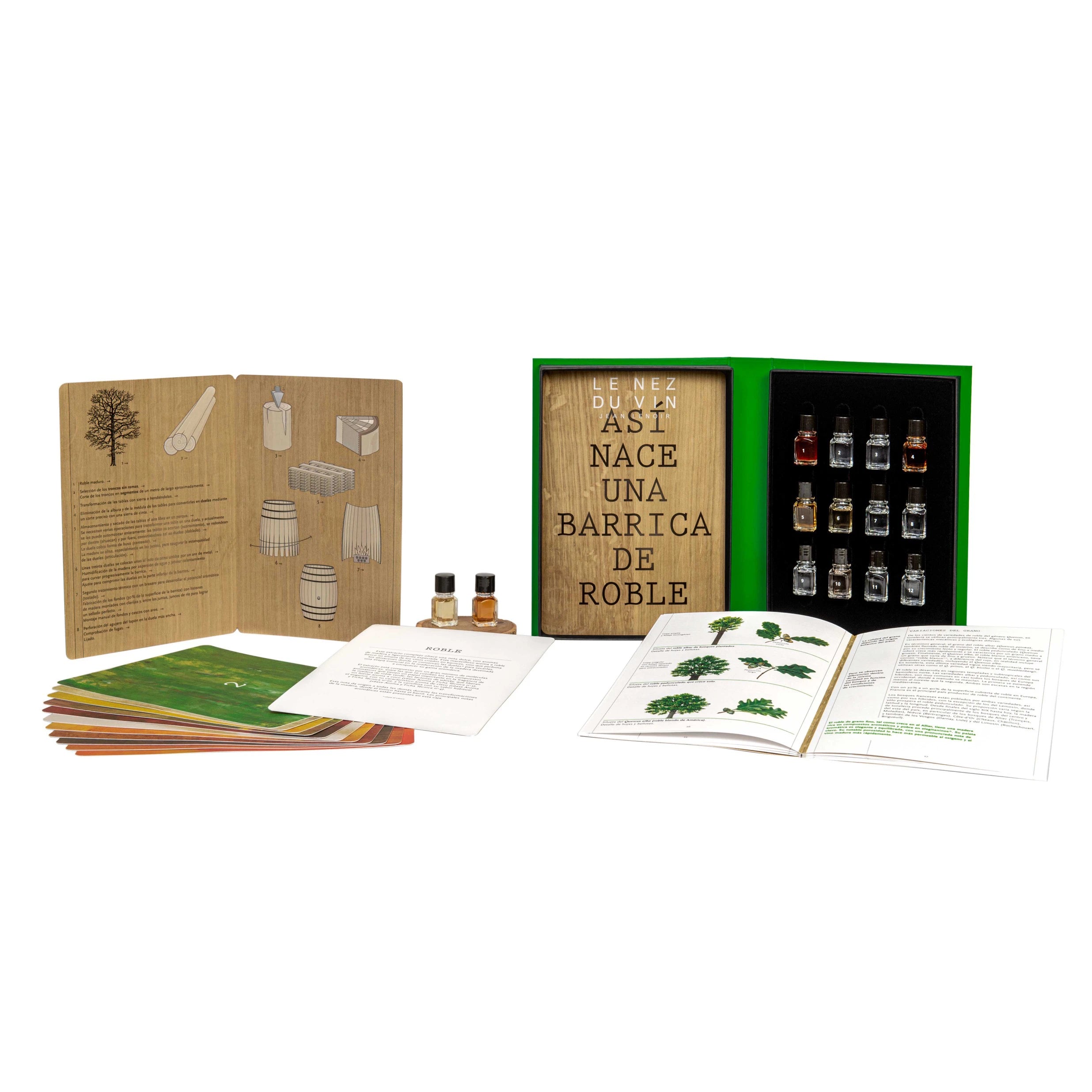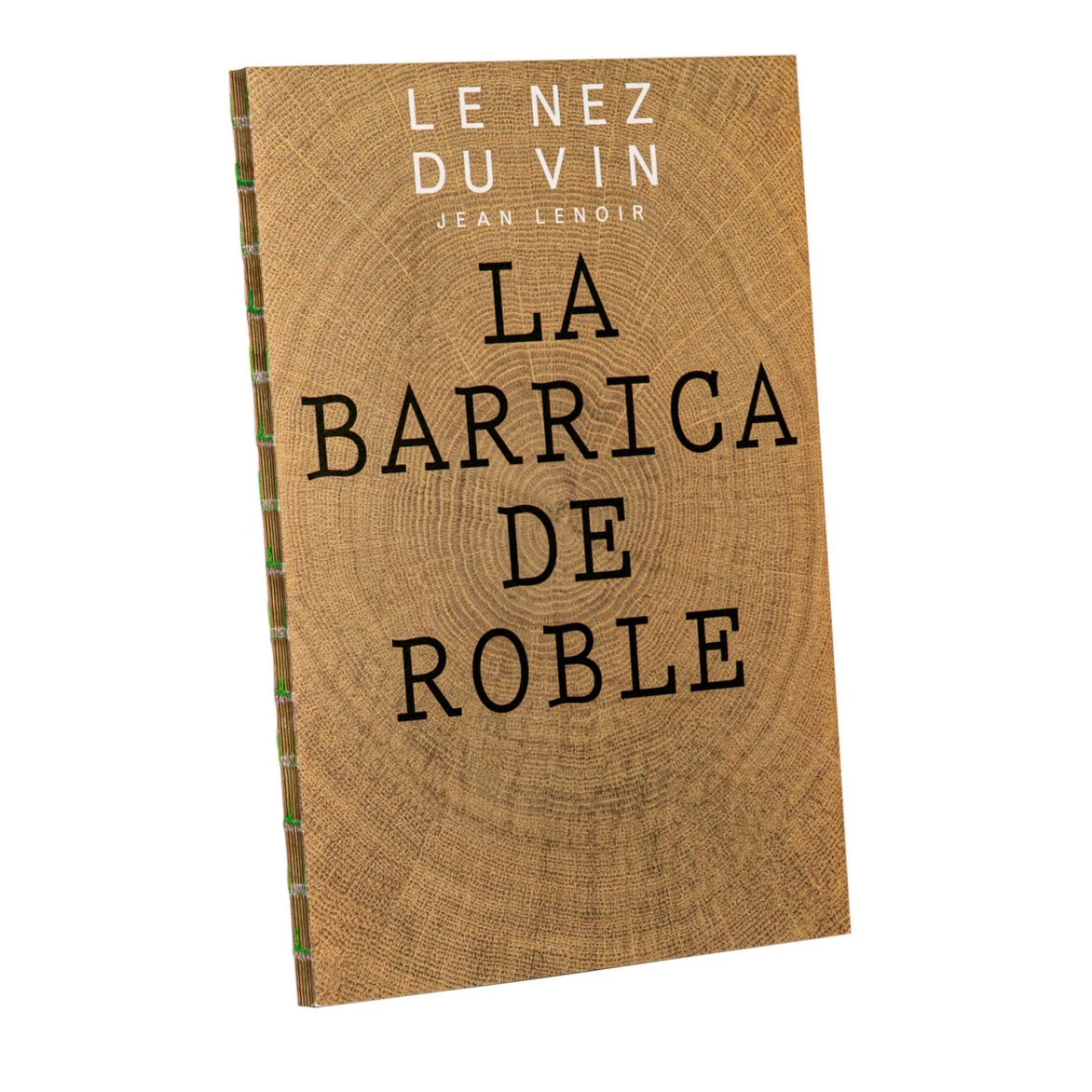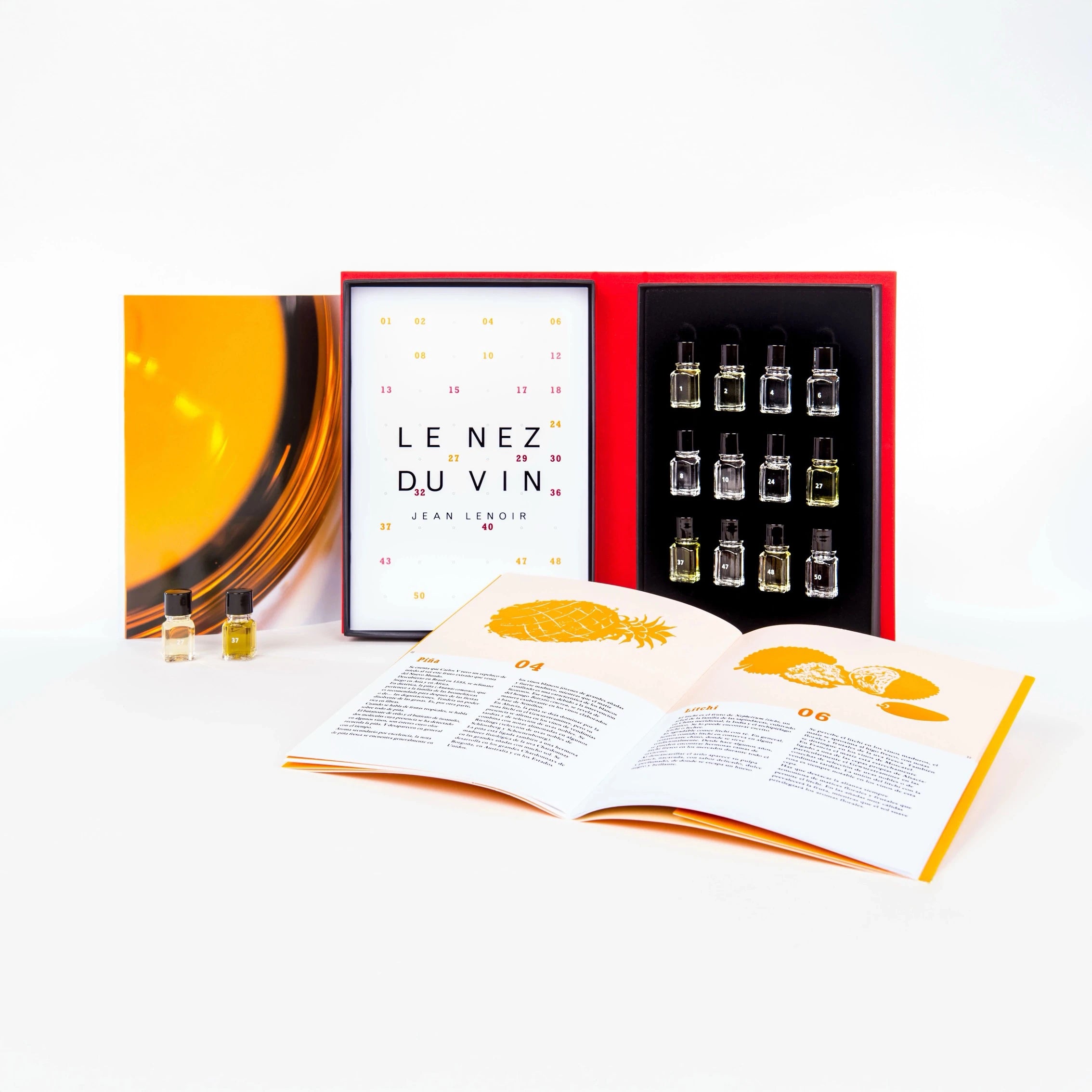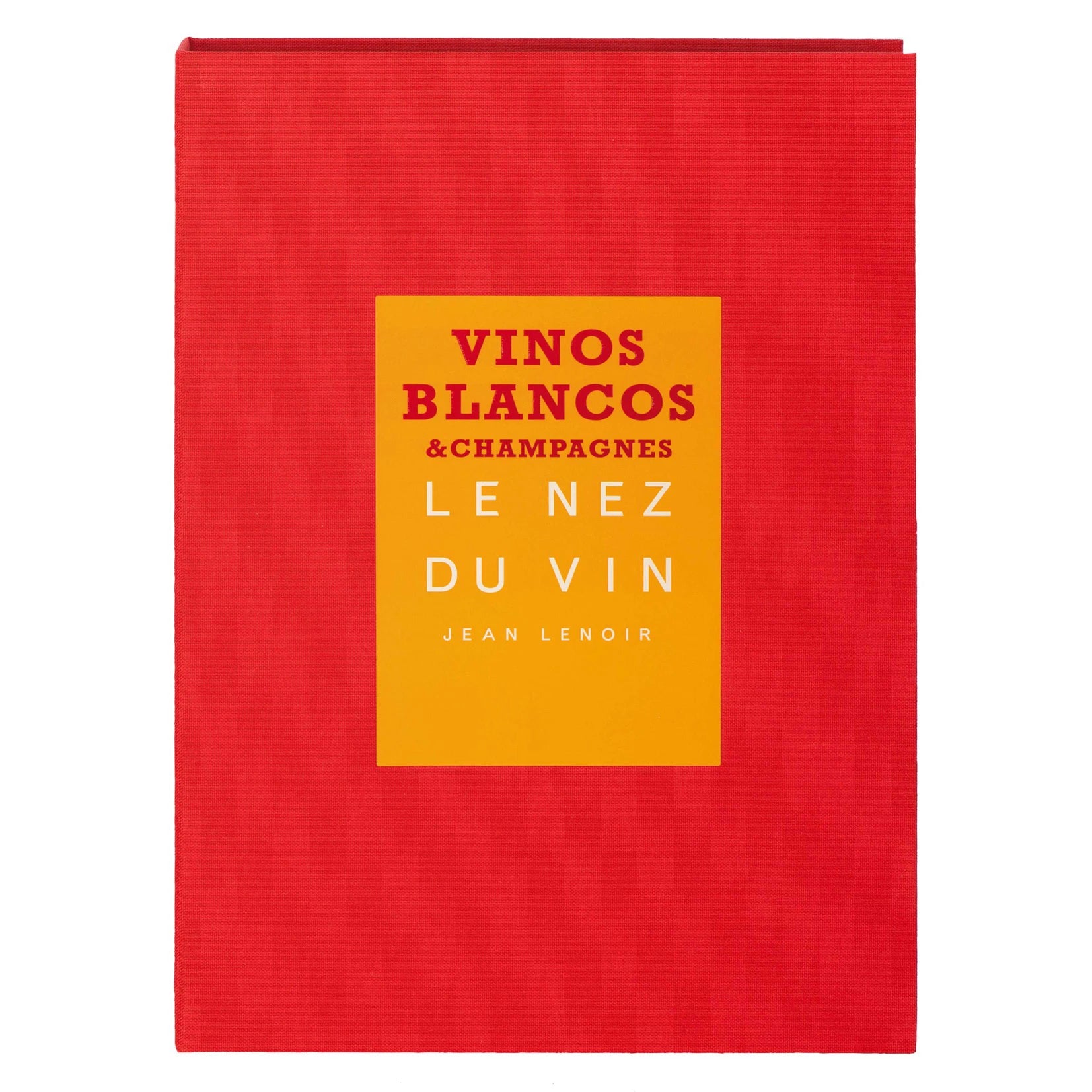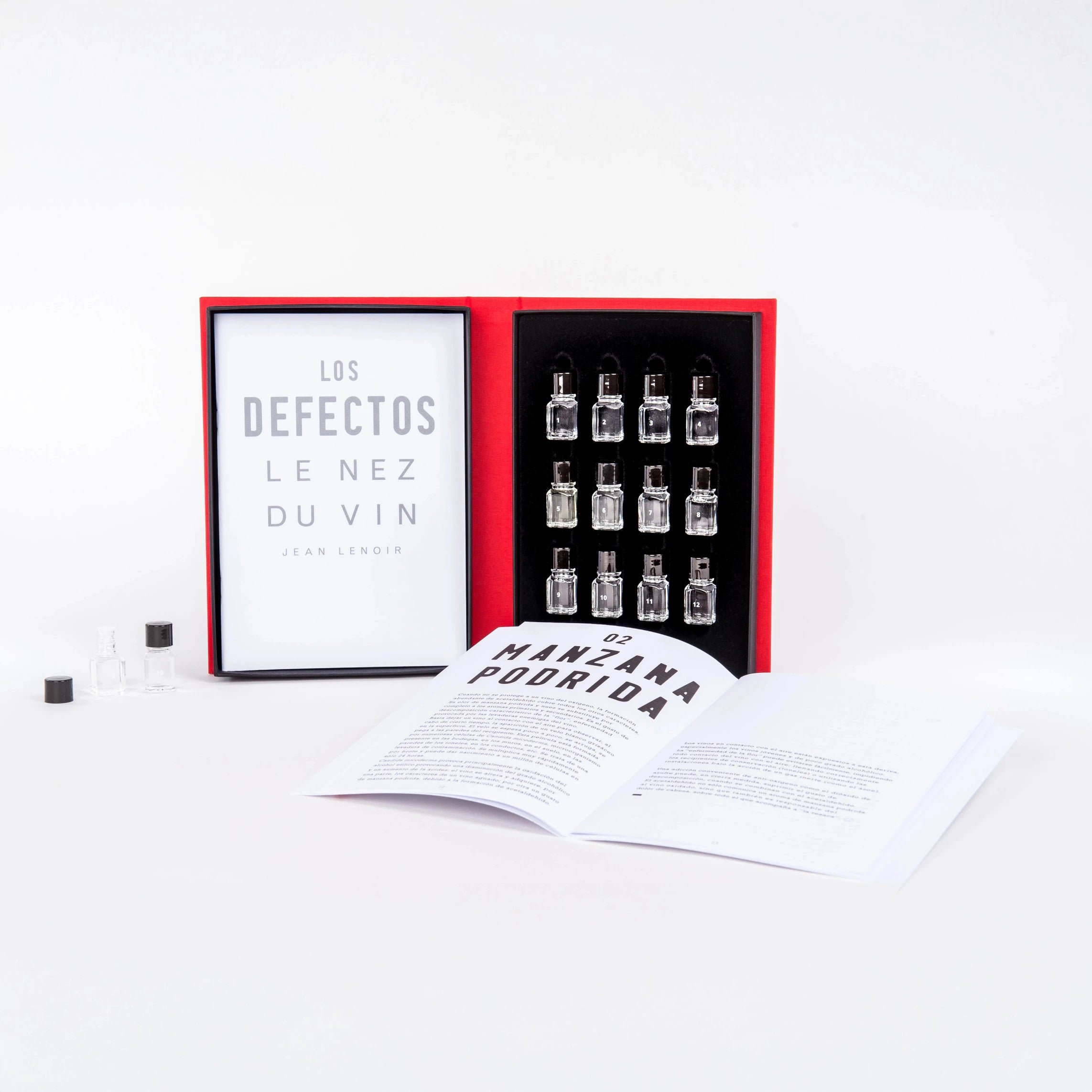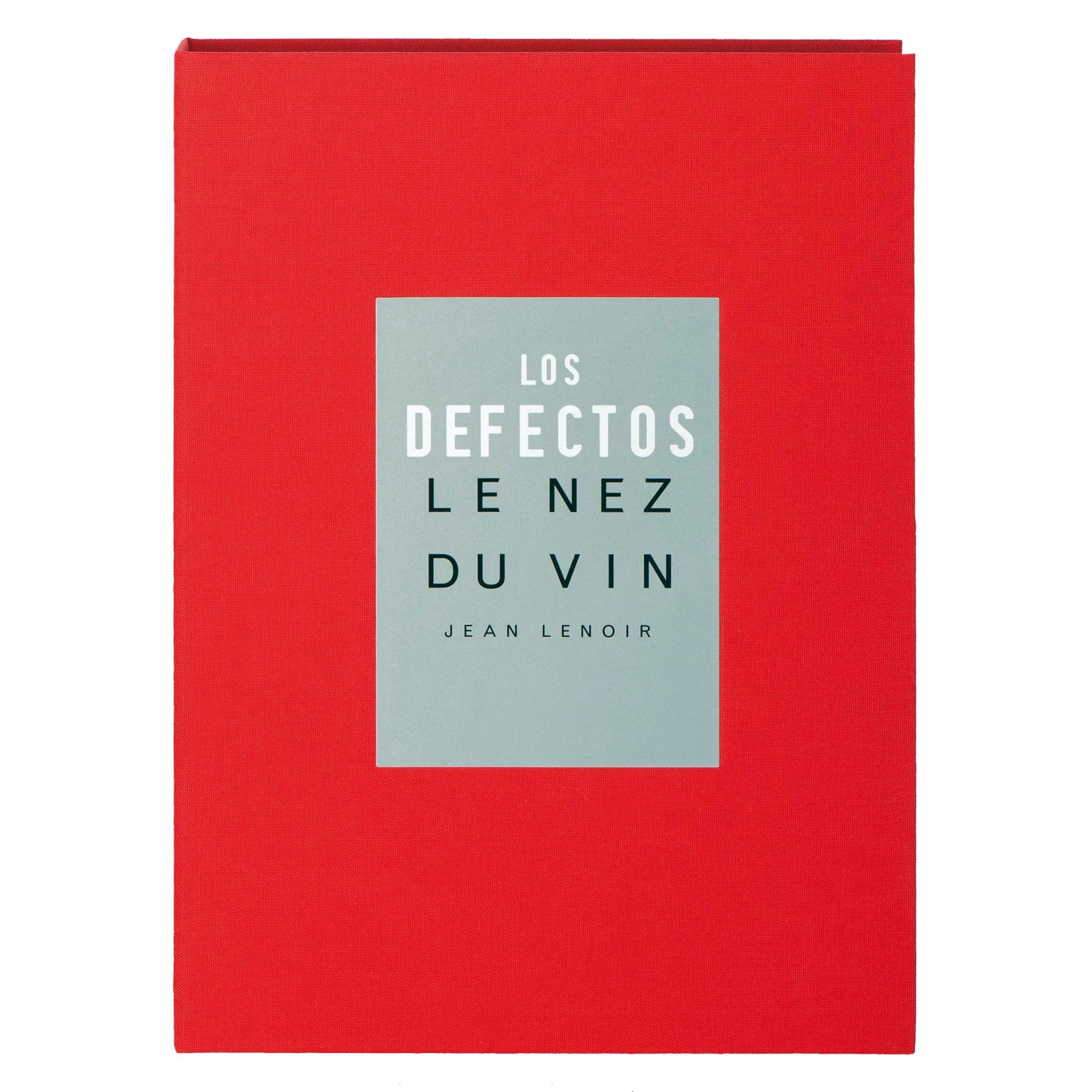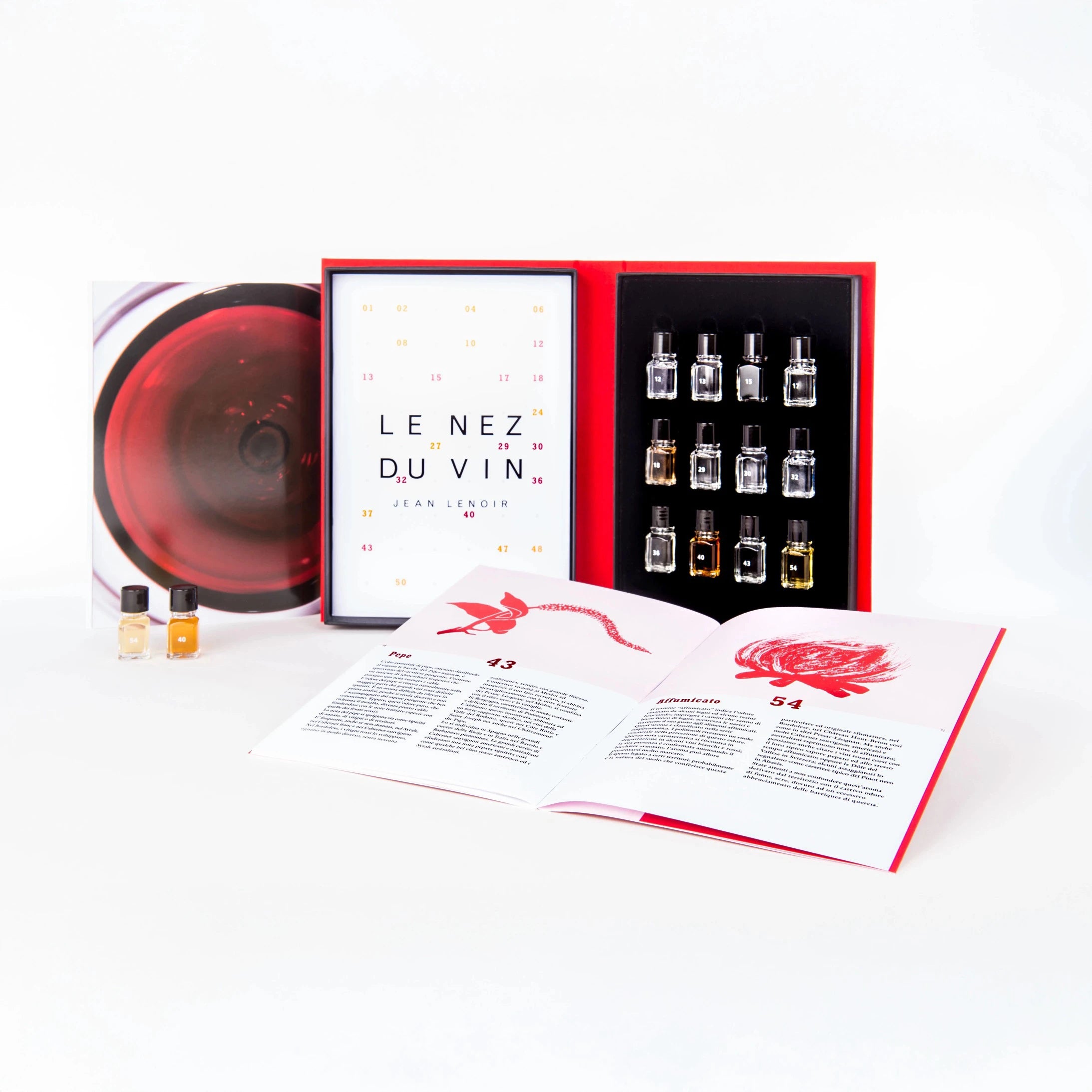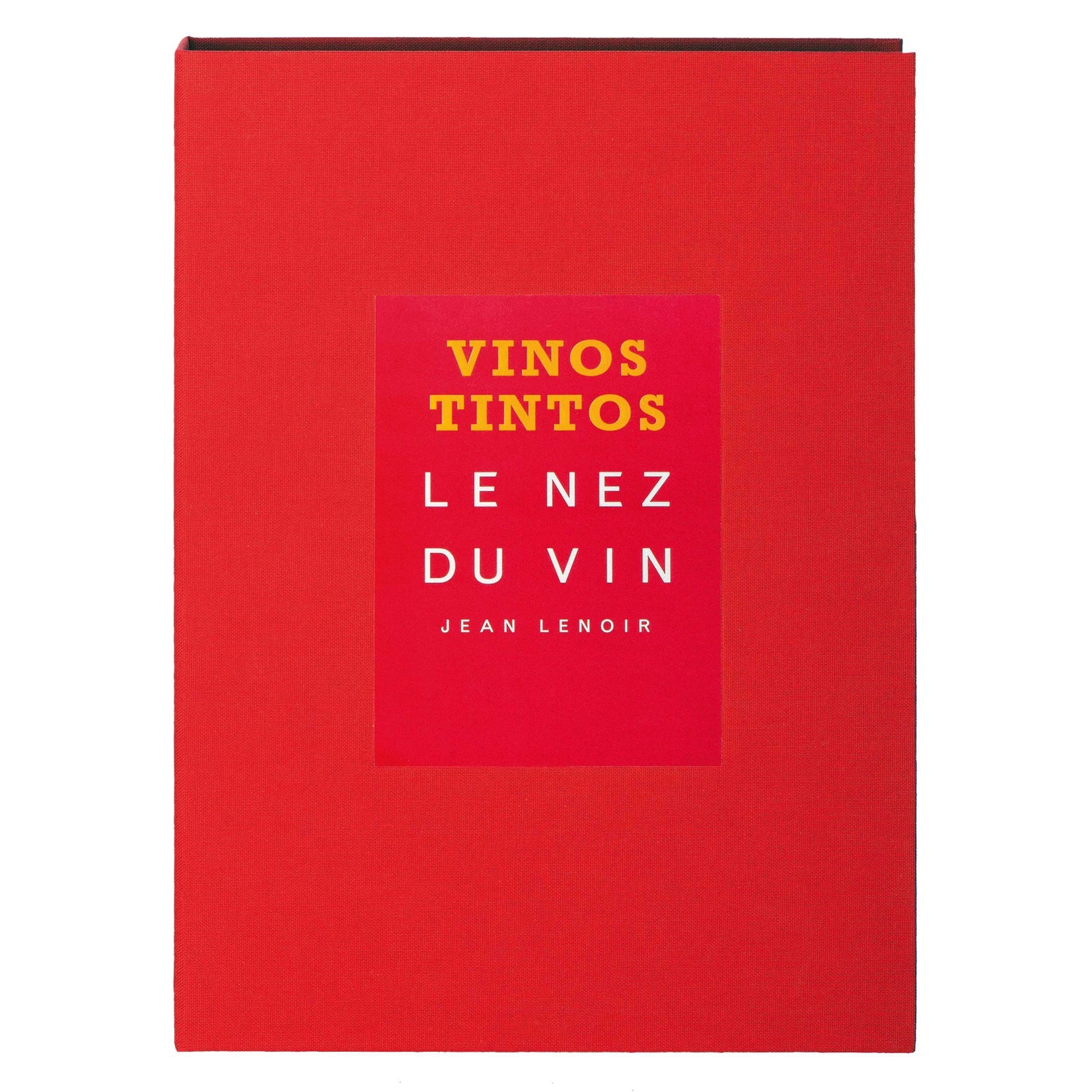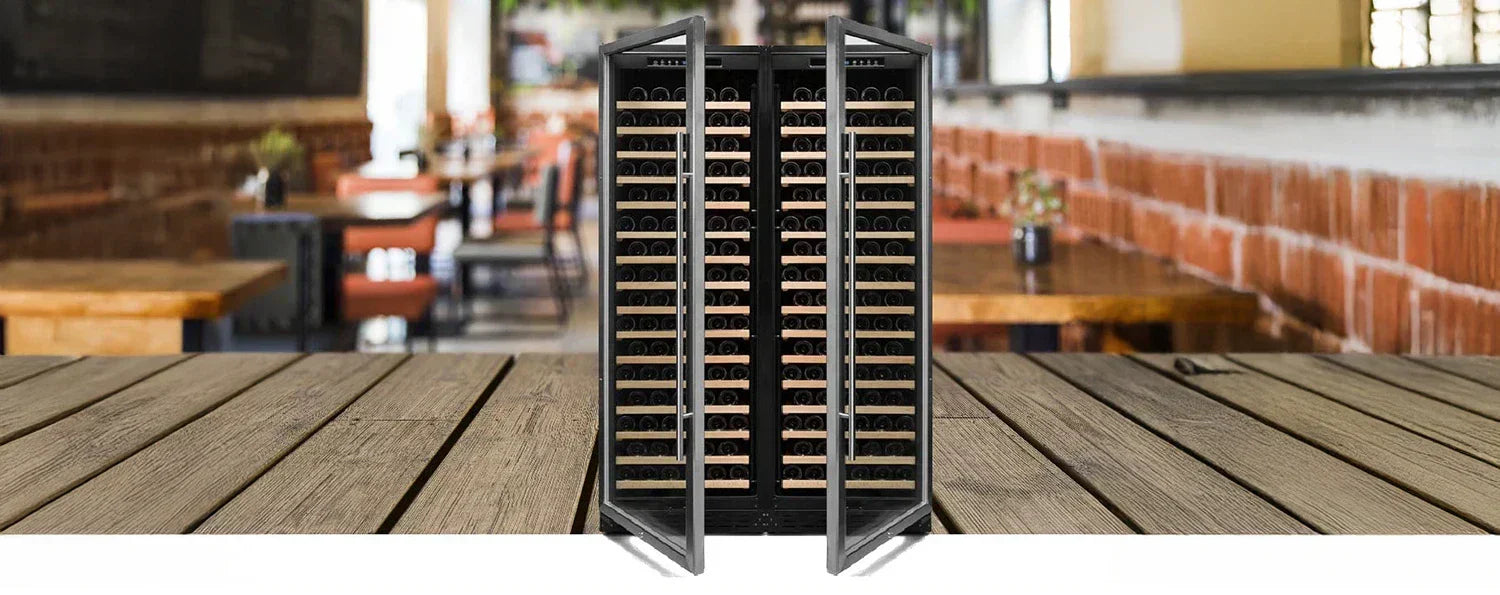The sense of smell is the most memorable of all the senses and, for this reason, the one most closely linked to emotions. Learning to recognize the scents of wine will help us understand it better, discover its origins, and even associate it with emotions—all of which translates into a much greater enjoyment of wine.
To begin recognizing the aromas of wine, we first need to distinguish between what is considered an aroma and what is considered an odor in wine terms. Aroma refers to all the positive impressions during a tasting, while odor is used when those impressions are negative. For example, cinnamon or thyme would be aromas, but cork taint or dampness would be odors.
Once we can tell the difference, we need to learn about the different types of aromas that exist, which can reveal information about the grape variety used to make the wine, the production method, or its age, among other things.

Wine develops specific aromatic compounds throughout the entire production process, from the vineyard to aging, and depending on the stage it is in, we can identify three types of aromas:
Primary aromas
These are the aromas that depend on the grape variety, the area where it is grown, soil composition, and climate. They are characteristic of young wines, and the aromas perceived on the nose include floral (violet, rose, hawthorn, rosemary...), vegetal (bell pepper, truffle, thyme, laurel, mushrooms…), fruity (apple, currant, plum, citrus, almond...), mineral (iodine, petroleum...) and spicy (pepper, cardamom, nutmeg…).
Secondary aromas
Secondary aromas usually appear as a result of alcoholic and malolactic fermentation. These aromas depend on the type of yeast and the conditions that influence fermentation, such as aeration or temperature. They are often sweet and can include aromas from fermentation (yeast, biscuit, bread crumb...), lactic (milk, yogurt, fresh cheese…) and amyl (banana, caramel, varnish...).
Tertiary aromas
Finally, tertiary aromas, also known as “bouquet,” are aromas acquired during the aging of wine in barrels and its subsequent maturation in the bottle. At this stage, we can find great aromatic complexity, giving the wine its finesse and making it unique. Here we can detect floral-vegetal (truffle, mushrooms, chamomile...), candied fruit (red fruits, apricots, figs, dried fruits…), woody and balsamic (eucalyptus, licorice, wood, incense, cinnamon, pine…), animal-empyrheumatic (leather, musk…) and confectionery (honey, coconut, beeswax...).

But where exactly do wine aromas come from? They come from the soil, the air, and the water involved in its production. The earth contains aromatic compounds, but air and water also carry essences from plants accumulated over centuries.
In addition, wines owe their aromas to their chemical composition, but the source of a particular aroma is not a single compound—it may result from one or a combination of several compounds.
To learn to recognize wine aromas at home, there is no better way than with the Le Nez du Vin aroma collection, which comes with explanatory books and guides to help you recognize them step by step.
On our website, you will find a selection of the most useful books for learning about wines and their aromas, offering a new way to enjoy this pleasure.
You can find everything from a basic guide featuring the fundamental aromas present in wines to a complete book with 54 aromas—perfect for wine enthusiasts.

Depending on your needs and interests, here is a selection:
- Book 6 Aromas "The Nose Knows" Le Nez du Vin: book with the 6 fundamental aromas found in wines: grapefruit, pear, raspberry, blackcurrant, violet, and toasted bread.
- Book 12 Aromas Red Wines Le Nez du Vin: a basic guide to learning more about this variety. 12 aromas present in red wines: strawberry, raspberry, cassis, blackberry, cherry, violet, green pepper, truffle, licorice, vanilla, pepper, smoky note.
- Book 12 Aromas White Wines & Champagnes Le Nez du Vin: a guide with 12 aromas and explanatory texts to learn more about white wines and champagnes: lemon, grapefruit, pineapple, lychee, muscat, pear, hawthorn, honey, blackcurrant bud, butter, toasted bread, and roasted hazelnut.
- Book 24 Aromas Duo Red & White Wines Le Nez du Vin: a complete book with all the necessary information to know the 24 aromas found in red wines, white wines, and champagnes: strawberry, raspberry, cassis, blackberry, cherry, violet, green pepper, truffle, licorice, vanilla, pepper, smoky note, lemon, grapefruit, pineapple, lychee, muscat, pear, hawthorn, honey, blackcurrant bud, butter, toasted bread, and roasted hazelnut.
- Book 54 Aromas Le Nez du Vin "The Masterkit": the reference book for developing the sense of smell, an excellent summary of knowledge to make you a wine professional. It includes 54 aromas: lemon, grapefruit, orange, pineapple, banana, lychee, melon, muscat, apple, pear, quince, strawberry, raspberry, currant, blackcurrant, blueberry, blackberry, cherry, apricot, peach, almond, prune, walnut, hawthorn, acacia, linden, honey, rose, violet, green pepper, mushroom, truffle, wine lees, cedar, pine, licorice, blackcurrant bud, cut hay, thyme, cinnamon, clove, pepper, saffron, leather, musk, butter, toasted bread, roasted almond, roasted hazelnut, caramel, coffee, chocolate, smoky note.
- Book 12 Aromas Wine Faults Le Nez du Vin: with this book you can discover the 12 main olfactory faults in wine. A perfect complement to any of the above to expand your knowledge of wine aromas. Includes: vegetal, rotten apple, vinegar, glue, soap, sulfur, rotten egg, onion, cauliflower, horse, mold-earthy, and cork taint.
- Book 12 Aromas "Oak" Le Nez du Vin: an excellent addition to your aroma library with the 12 aromas that represent “woodiness” in wines, enhancing your appreciation for this great gastronomic pleasure: oak, green wood, coconut, clove, vanilla pod, woody/spicy, fresh leather, pharmaceutical note, toasted bread, furfural note, licorice, and smoky note.
In short, several guides that will delight wine lovers and make a great gift idea to enhance wine appreciation.



